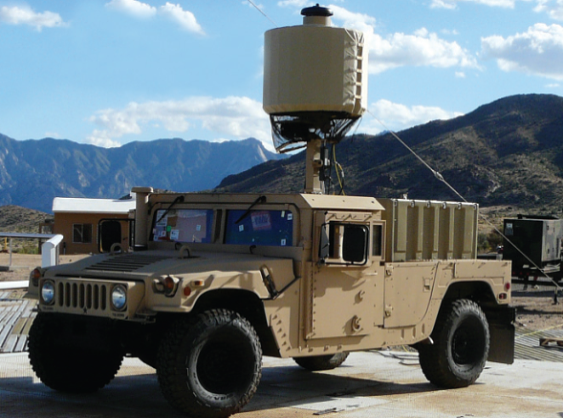Unmanned aerial vehicles (UAVs), commonly known as drones, have witnessed a significant rise in their usage across various industries. As their presence proliferates, concerns regarding security threats and the need for robust detection and tracking mechanisms have become paramount. This article explores the latest developments in the range and detection capability of UAV detection radars, delving into their potential, limitations, and advancements.

Range of UAV Detection Radars
The range of UAV detection radars is contingent upon factors such as the model, manufacturer, and frequency range they operate within. Typically, these radars function between 20 GHz and 60 GHz, with a maximum operating frequency of approximately 40 GHz. Operating at higher frequencies enhances sensitivity and resolution, enabling the radar to detect smaller targets over greater distances.
Numerous variables affect the range of UAV detection radars, including aircraft altitude, environmental conditions, and weather dynamics. Higher altitudes tend to reduce detection range, as the radar beam disperses across a larger area. Furthermore, dense foliage, buildings, and obstructions can obstruct radar signals, thereby limiting detection capabilities.
Detection Capability of UAV Detection Radars
UAV detection radars are engineered to provide real-time identification and tracking of UAVs, offering a significant advantage in terms of surveillance and defense. Leveraging advanced signal processing techniques, these radars can analyze reflected electromagnetic waves to distinguish between natural background noise and actual aircraft targets.
The detection capability of UAV detection radars hinges upon factors such as sensitivity, resolution, and antenna design. Higher sensitivity facilitates the detection of smaller targets at greater distances, while improved resolution allows the radar to differentiate between closely spaced objects. Additionally, specialized antenna designs like Yagi or Log Periodic Antennas (LPA) can augment the radar's performance in challenging environments.
Anti-jamming capabilities are another advantageous aspect of UAV detection radars. By utilizing advanced signal processing techniques, these radars can identify and reject interference from external sources, ensuring accurate target detection even in the presence of nearby electronic devices or other sources of potential disruption.
In conclusion, UAV detection radars serve as invaluable tools for real-time monitoring and identification of unmanned aerial vehicles. With their wide frequency range, advanced signal processing capabilities, and potential for anti-jamming, these radars offer precise and reliable detection across diverse environments and altitudes. It is essential to consider factors such as radar model, manufacturer, aircraft altitude, and interference sources when assessing the effectiveness of UAV detection radars. As UAV technology continues to evolve, radar advancements are likely to further enhance the range and detection capabilities, establishing them as a crucial asset in safeguarding our skies.
As a radar company, we pride ourselves on our expertise and cutting-edge radar technologies. In addition to UAV Detection Radars, we offer a wide range of radar solutions. Visit our website to explore more about our diverse radar offerings and discover how our technology can cater to your specific needs. We are committed to providing innovative and reliable radar systems that contribute to a safer and more secure future. For more information, please visit our website at www.mskyeye.com

